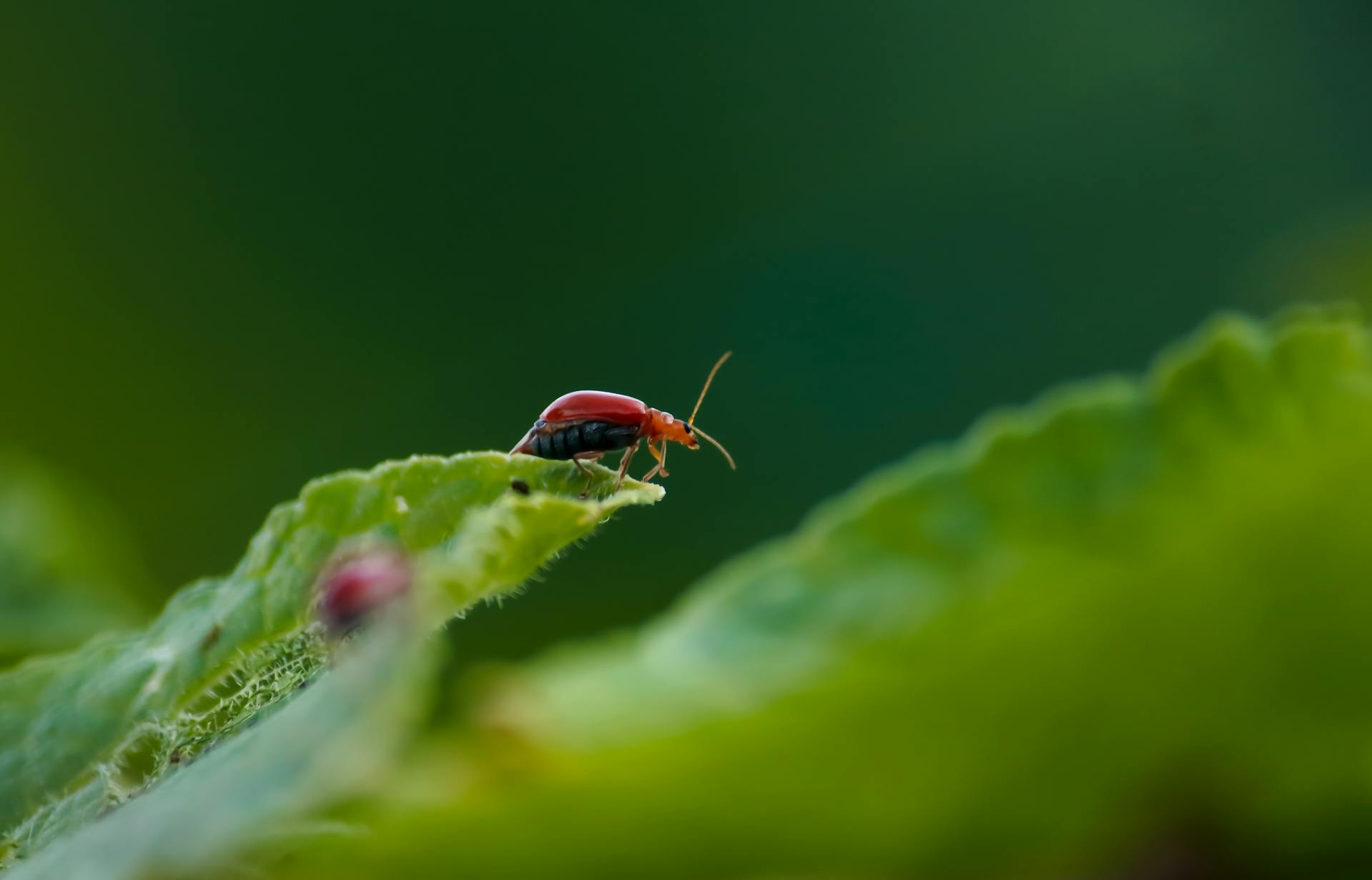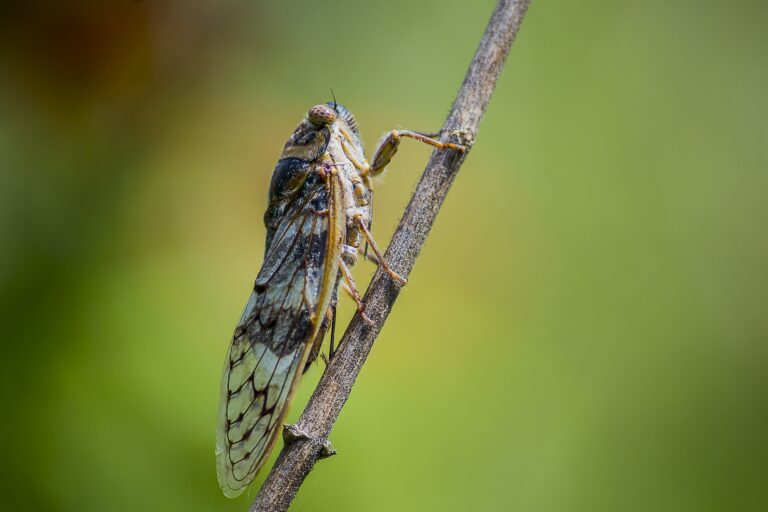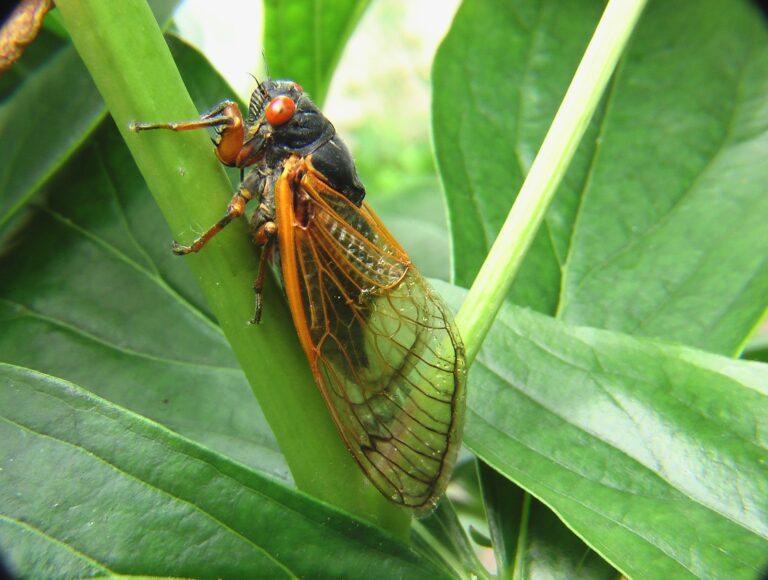The appearance of the Asian long horned tick (‘Haemaphysalis longicornis‘) in Illinois has caused concern among those working in agriculture and health. This tiny tick, which can carry diseases, was recently found in Illinois, marking it as the 20th state to encounter this invasive species.
Initial Discovery and Follow-up
The first discovery was made on April 12 during regular active tick surveillance in Morgan County through a program supported by an Illinois Department of Public Health (IDPH) grant.
Another check on April 24 showed two more ticks, confirming their existence in the area. Experts at the National Veterinary Services Laboratory confirmed the type of species these ticks are.
A Closer Look at the Tick
These ticks are light brown and extremely small, often not larger than a sesame seed. The size of ticks can be deceptive as they pose a significant threat. One female tick alone has the ability to lay up to 2,000 eggs without needing a mate, which can cause their numbers to quickly multiply if conditions are right.
Impact on Livestock and Agriculture
Dr. Mark Ernst, the State Veterinarian from the Illinois Department of Agriculture (IDOA), has raised major concerns about how ticks could affect livestock. He noted that serious infestations could even cause death among farm animals.
“Working with veterinarians to create good management strategies is essential,” said Dr. Ernst, highlighting that taking early action is vital to reduce risks.
Statewide Monitoring Efforts
After discovering this tick species, several state departments including IDPH, IDOA, and the Illinois Department of Natural Resources (IDNR), together with support from the United States Department of Agriculture, have begun thorough monitoring activities. They aim to track how widely these ticks spread and examine whether they can transmit
Dr. Sameer Vohra, the Director of IDPH, praised the state’s tick surveillance program, “This program was instrumental in the early detection of the Asian long horned tick in our state,” he commented. Vohra also mentioned that ongoing research aims to understand how this tick might transmit diseases to humans and animals.
Preventive Measures to Consider
For Individuals and Families
- Effective Repellents, it is recommended for residents to use insect repellents that are approved by the EPA and contain ingredients like DEET, picaridin, or oil of lemon eucalyptus. Following the guidelines provided by manufacturers is essential for ensuring these repellents work effectively.
- Treatment of Clothing and Gear, applying 0.5 percent permethrin solution to clothing and gear can greatly lower the chances of getting ticks attached. This treatment stays effective even after several washes, and items pretreated with permethrin are available for purchase as well.
Commercial options are available.
Post Exposure Practices
- Routine Checks, after spending time in grassy or wooded locations, checking for ticks on your clothes and skin is crucial. A detailed check with a handheld or full-length mirror can you in finding any ticks that might have attached themselves.
- Showering, washing up within two hours after coming indoors is an effective way to lower the risk of tick related illnesses. This action helps wash away ticks that haven’t attached yet and allows for a comprehensive tick inspection on the body.
Advice for Pet Owners
- Consultation with Veterinarians, it’s important for pet owners to talk to their veterinarians about ways to prevent tickborne diseases. These diseases are common in many areas, and several products can help protect pets from ticks.
Community Response
- Awareness and Education, State health departments are emphasizing education about ticks in the community. Highlighting the importance of tick prevention methods is essential to reduce the risk of diseases carried by ticks.
- Reporting Sightings, it’s important for community members to report sightings of the Asian long horned tick. If you capture a tick, put it in isopropyl alcohol and call the Department of Agriculture at 2177824944. This helps track and manage this invasive species.
The presence of the Asian long horned tick in Illinois poses serious risks to public health and farming. Working together state agencies and the community following preventive measures is key to handling these challenges effectively.











+ There are no comments
Add yours